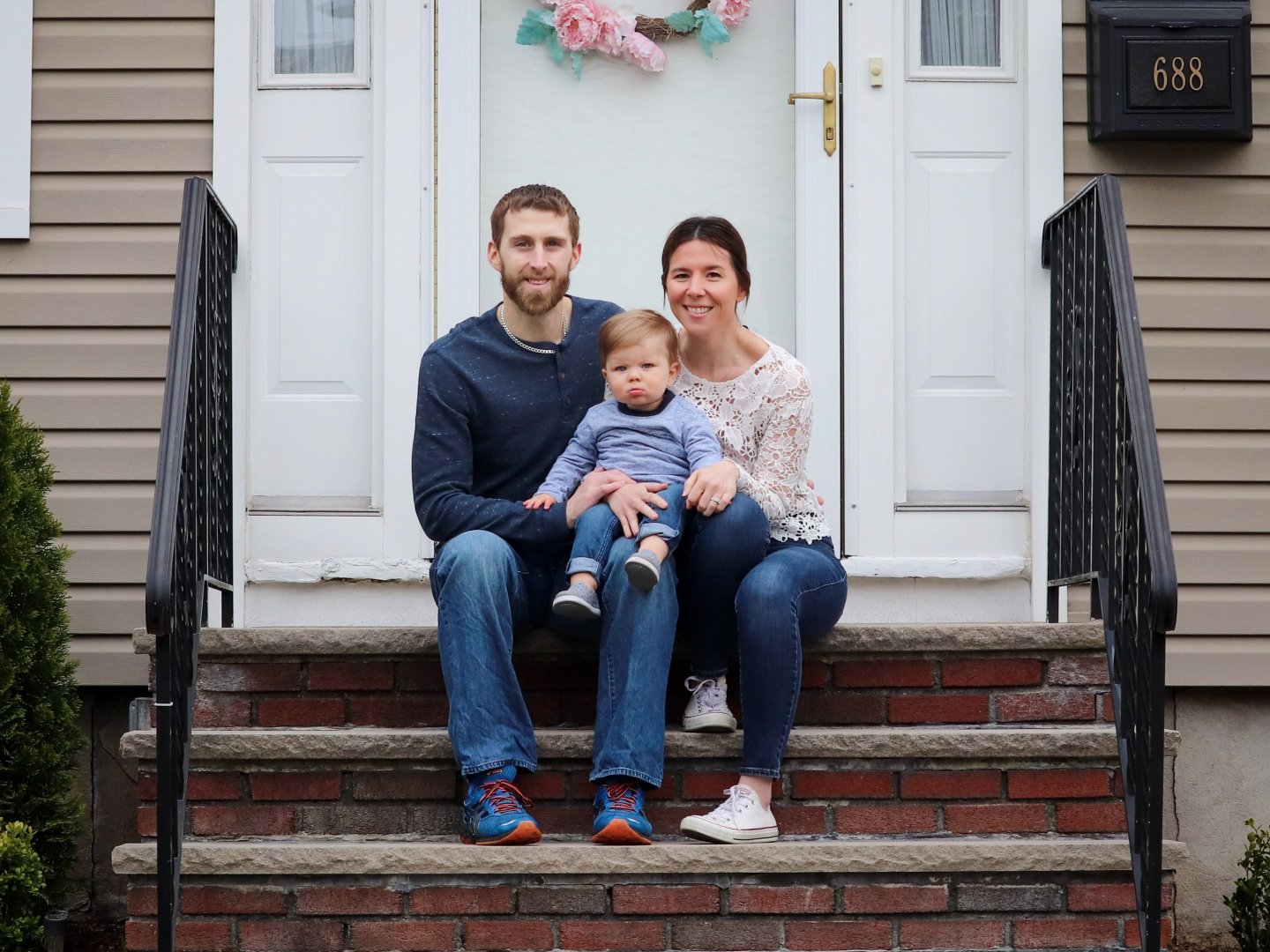
“It’s fair to say that virtual is the new IRL.” As much as you may want to argue, a recent article by Nielsen describes the pandemic’s reality fairly well. It hasn’t been safe to visit our friends and family members for nearly a year now. Technology has become the connectivity center of our lives. And that change will probably still have lasting effects even after the worst is behind us. Connectivity at home may be here to stay.
Targeting Less-Populated Areas
You may have heard friends, family, coworkers, or even strangers on the internet talking about moving to get away from the worst of the pandemic. Maybe it had the same effect on you as it does when people say they’ll move to Canada over politics. But did you know that people have already moved or actually relocating because of the pandemic? 20% of consumers currently living in urban areas are either planning or considering a move to less-populated areas. People living in less-populated areas are even less likely to visit loved ones, especially after moving away from them. So, connectivity at home will be of increasing importance to them.
Connectivity at Home During a Pandemic
Internet
The internet has become the standard way to establish connectivity at home throughout the pandemic. It’s a way to keep up with the news via online resources and chat with socially distanced friends and family. Online shopping has also become increasingly important to those wanting to avoid trips to stores whenever they can. As a result, Nielsen has found that the time consumers in many less-populated areas spend online has nearly doubled since March. The number of rural residents spending more than 20 hours online per week has also grown significantly. Ultimately, consumers aren’t just quickly checking online resources or killing time on the internet for a few minutes anymore. When people get online, they commit to it. By the second quarter of 2020, consumers began spending 50 more minutes per day on internet-connected devices. That’s an average of 1 hour and 14 minutes per day.
TV
Connectivity at home doesn’t just mean interacting with loved ones, shopping, and keeping up with the news. Consumers living in less-populated areas aren’t strangers to jumping on the streaming and video on demand wagon either. Streaming video makes up about 23% of total TV viewing time. And 53% of streaming video time is dedicated to streaming video on demand platforms, including ad-supported platforms such as Hulu and YouTube.
“Multichannel video programming distributors (MVPDs; traditional cable companies that augment traditional delivery with a streaming app) and virtual MVPDs are newer to the streaming landscape, but accounted for 36% of the ‘other’ category as of July 2020,” writes Nielsen. “They’re also gaining in popularity across many of the country’s lesser-populated DMAs [designated market areas].”
Advertising
Are your clients including digital ads targeted at consumers in less-populated areas in their campaigns? If they doubt that rural residents make up much of their customer base, check out their target audience’s profile on AudienceSCAN on AdMall by SalesFuel to find out demographic information on their customers.
